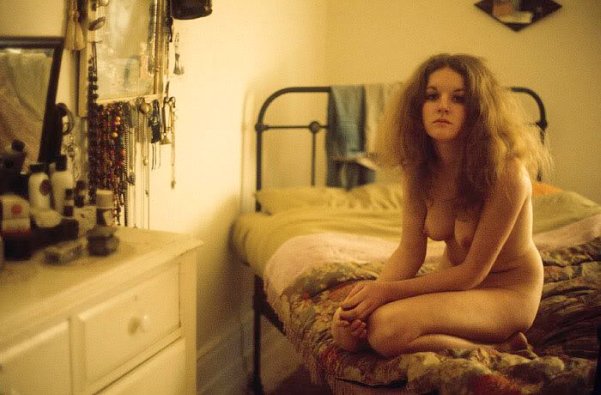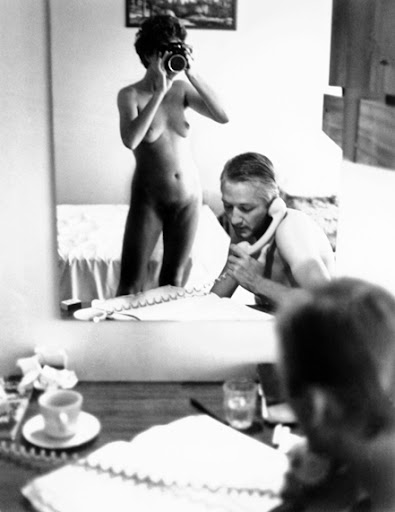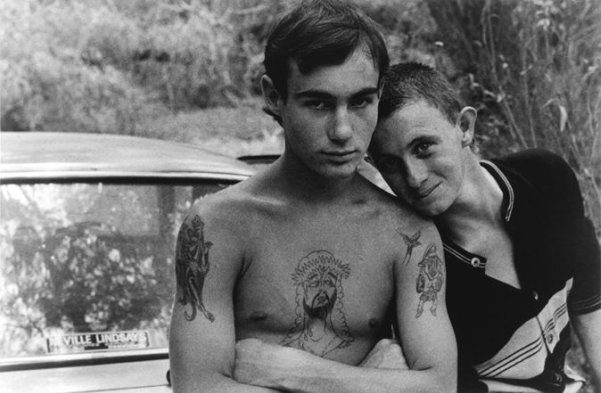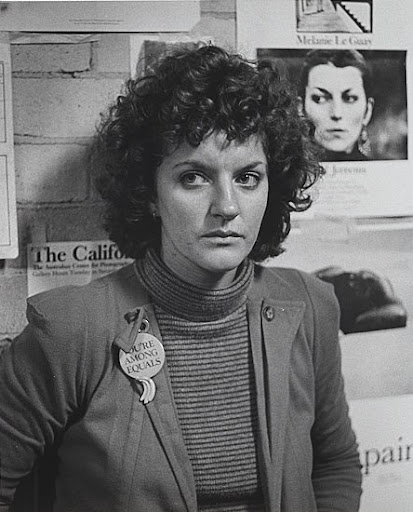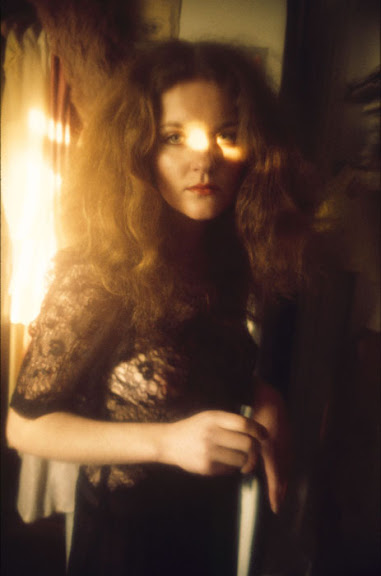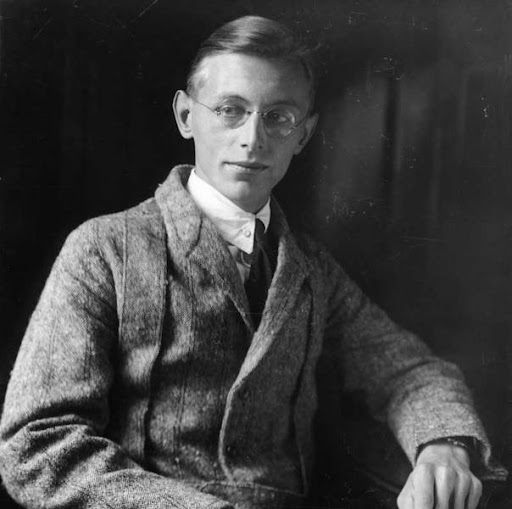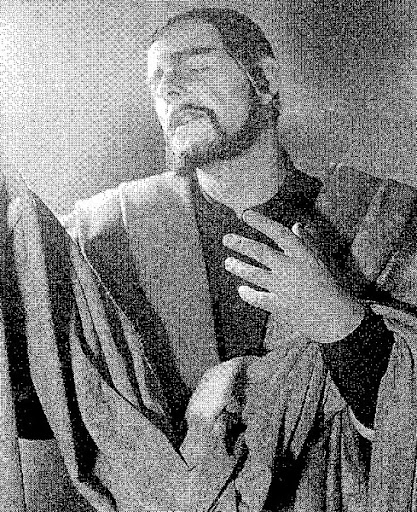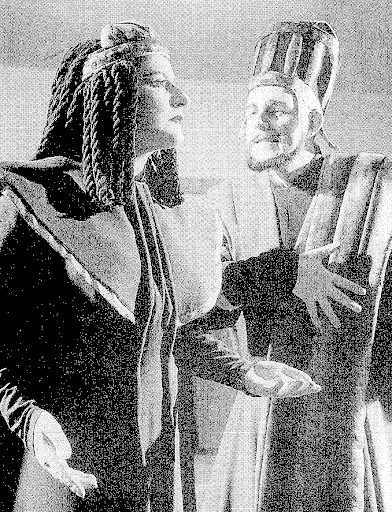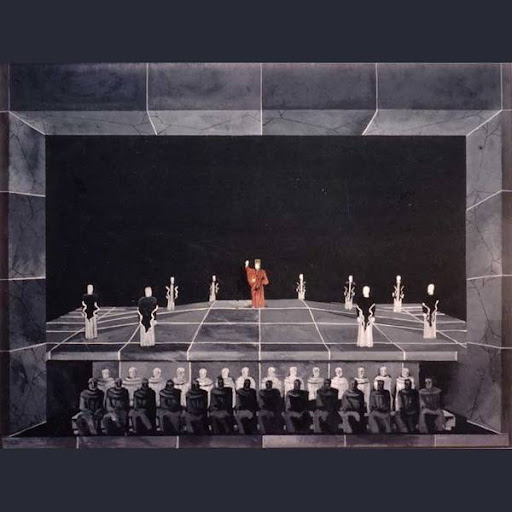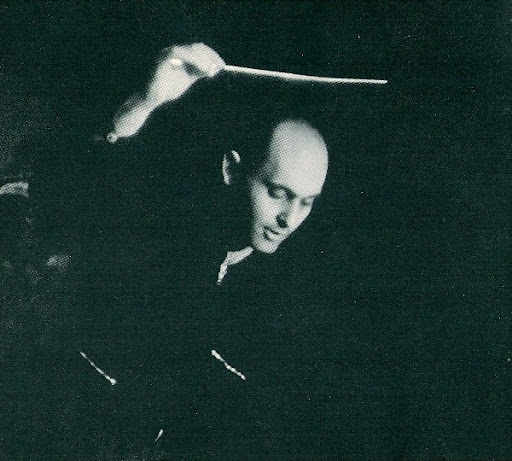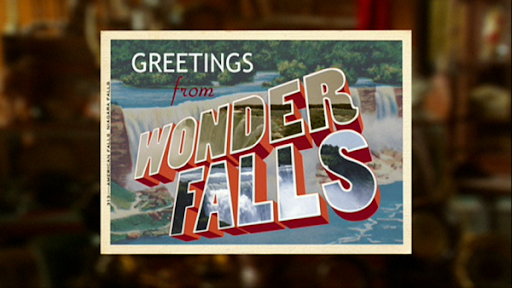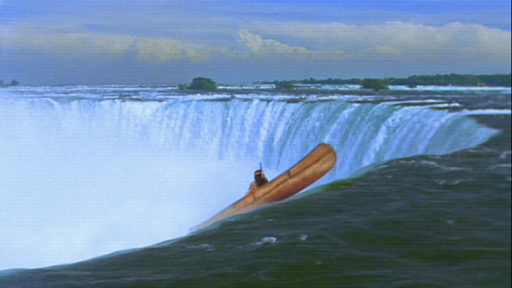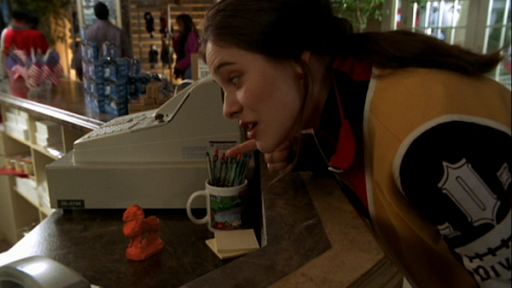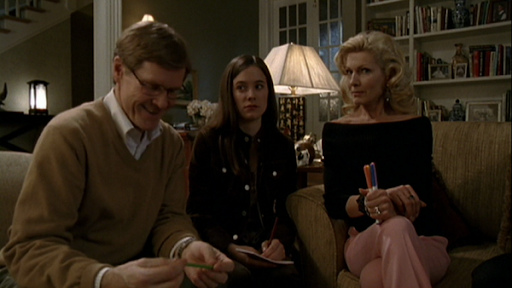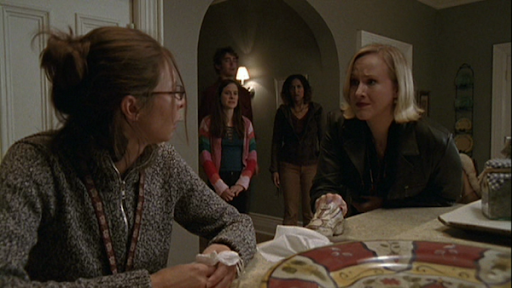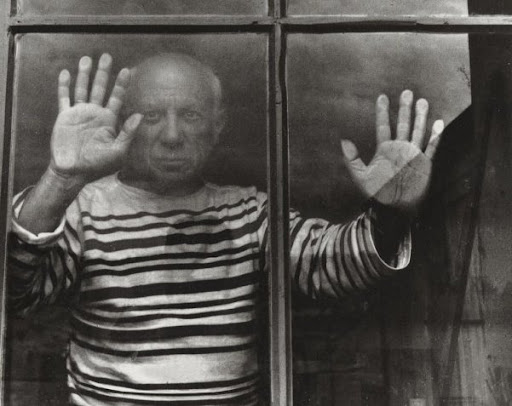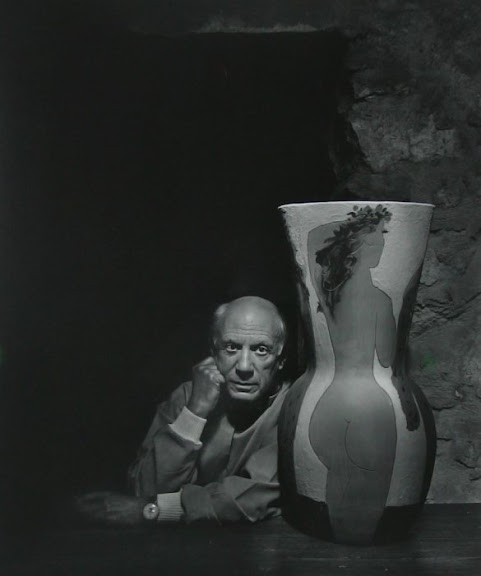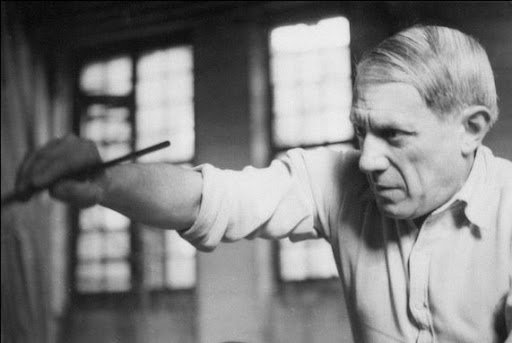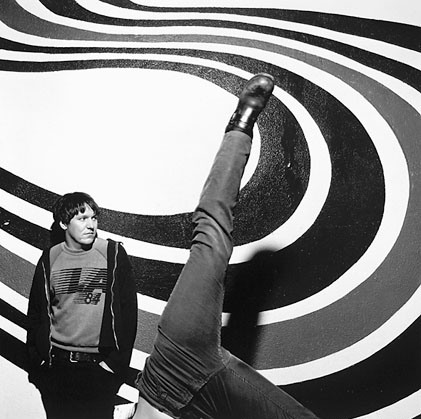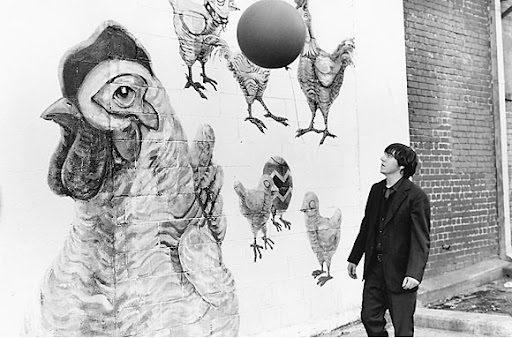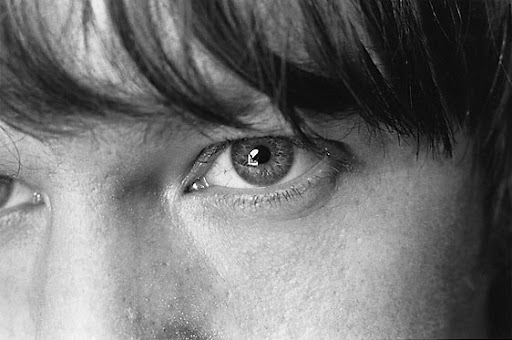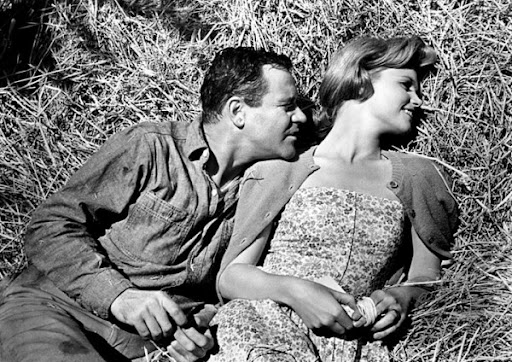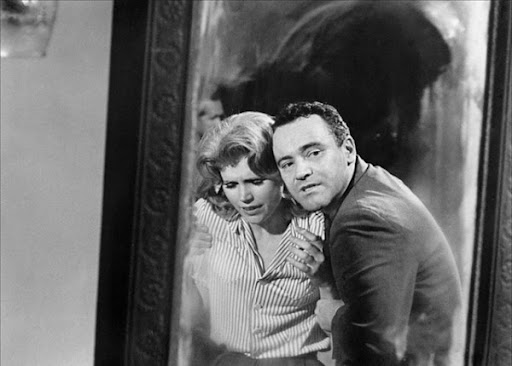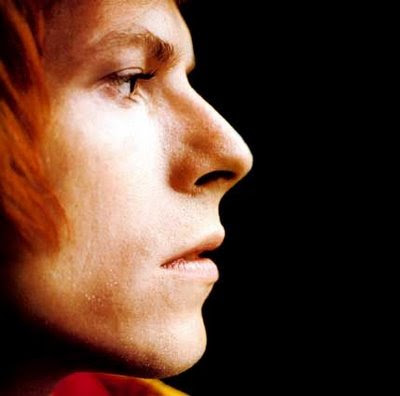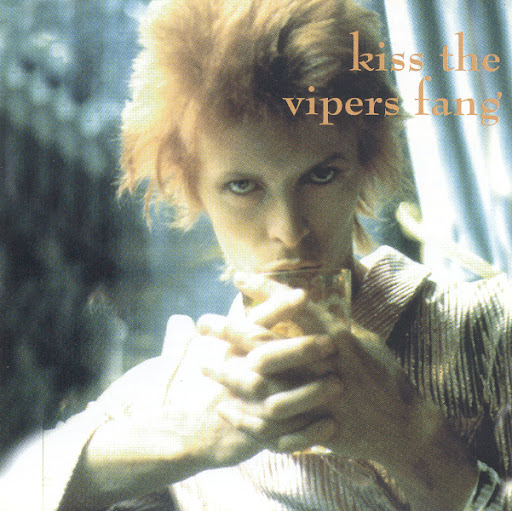
And now these three remain: faith, hope and love. But the greatest of these is...Love Exposure!
That silly Sion Sono. Up to his perverted hijinx again, with no movie studio up his skirt...I mean ass, and allowing him to do whatever the hell he wants because he's an artist. That's blatantly un-American!But wait. He's Japanese. And his fellow compatriots such as Kiyoshi Kurosawa, Tetsuyo Nakashima (yes I'll get around to posting Memories of Matsuko. I swear!), and Hirokazu Koreeda, etc., etc, are outputting films that actually have a soul.
Ugh. I'm so borrrrrrrrrrred with the U.S.A., but what can I do? I'm serious. Cinema is practically dead in this country, and I'm sick of having to live vicariously through another country's films.
Fuck it. I'm making a movie. And it will be blessed by the Virgin Mary, and then her and I will be on pins and needles hoping that God has a twisted sense of humor. If not, we're fucked, and we'll be banished to the coast of Spain.
By the way, Here's Love Exposure. Enjoy it, or don't. I could care less.
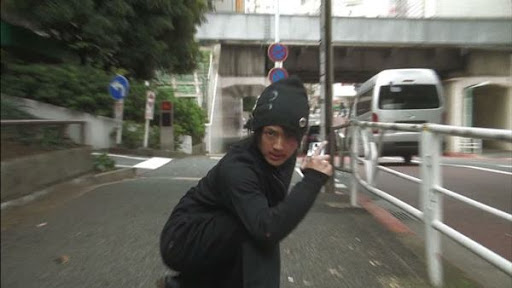
From Adam Wing at 24 Frames Per Second:
Four hours in the company of love, obsession and romance, it’s enough to make a grown man reach for the remote control. But don’t be too hasty with that there wandering hand, because looks can be deceiving, and that’s definately the case with cult director Sono Sion's quirky marathon feature Love Exposure. Having already won me over with films like Suicide Club (a dark, delicious favourite) and Noriko's Dinner Table (a rare sequel that arguably outweighs the original), Sono serves up a twisted opus of love, obsession, martial arts, underwear and violence. Nishijima Takahiro (he was in a pop group) makes his film debut alongside Mitsushima Hikari (Death Note) and Ando Sakura (Kaze no Sotogawa), as a teen who takes upskirt photos. Yup, the guy is quite clearly the prince of perverts, and the rest of the cast don’t fare much better. In Sono’s twisted world, each and every one of them has their own quirky cross to bare. Winner of the Caligari Film Award and the FIPRESCI Prize at the 2009 Berlin Film Festival, Love Exposure takes on religion, family and sexuality. Miraculously, at close to four hours long, it also manages to be an absolute riot from start to finish.
17-year-old Yu (Nishijima Takahiro) is the son of an upstanding widowed priest (Watabe Atsuro) who has recently become involved in an illicit relationship with a troubled parishioner (Watanabe Makiko). It all goes a bit wrong and Yu’s father takes a turn for the worst, it soon becomes apparent that the only way he can satisfy his father’s dark demon-ds is to commit sin after woeful sin. Yu is saving his first sexual experience for the ideal girl, and he finally meets her in the form of Yoko (Mitsushima Hikari), a sassy schoolgirl who beats up guys for the hell of it. Yu falls hard for Yoko, but in order to fulfil his obsession he has to take on the identity of a kick ass femme fatale by the name of Miss Scorpion (don’t ask). Add to the mix a fanatical cult recruiter called Aya (Ando Sakura), who has her eyes on both Yoko and Yu, and it all gets a little bit complicated. But then, we are talking about love here.
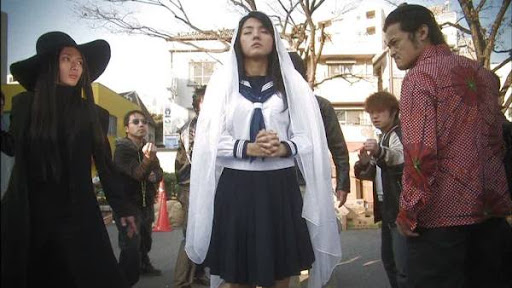
Love Exposure is a love story of sorts, but that’s not even telling half the story. In fact, to fully appreciate Sono Sion’s latest movie marathon, you really need to get acquainted with his back catalogue. Suicide Club was a quirky, offbeat offering that found a cult following world wide, but it certainly isn’t his best movie. Love Exposure owes more to the style and themes of its sequel, Noriko’s Dinner Table. I say sequel, the two films are loosely connected but show off different sides to the Sono Sion coin. Exte: Hair Extensions was Sono’s surprisingly effective attempt at Asian horror, but as with all of his previous films, it came with a knowing charm and deftly comic touch. Love Exposure mixes all of these elements in an off beat movie blender and comes fresh out the oven as his defining moment, and I hasten to add, his defining moment so far…
The performances are spot on, the characters are enthralling and the movie themes are compulsive. Four hours appears daunting on paper but the time just flies, such is the richness and depth of the characters and circumstance on display. We have love, honour, faith, perversion, sexuality, cults, religion and martial arts to cover here, thinking about it, four hours is not enough. It’s probably wise that you take a breather half way through though, to fully appreciate the charm and flavour, you’ll do well to embrace the eccentricity of Love Exposure in one sitting. Sion Sono has crafted a unique, quirky, colourful and memorable ode to love, and he’s done it without resorting to the stereotypical conformities which blight modern day love stories the world over. If you’re a guy, and your not totally convinced, consider this. Love Exposure is a romantic endeavour that takes up-skirt shots, erections, martial arts face-offs and bloody carnage as seriously as it does the big L, what’s not to love? Take a chance, expose yourself today. Just don’t tell anybody I told you so…
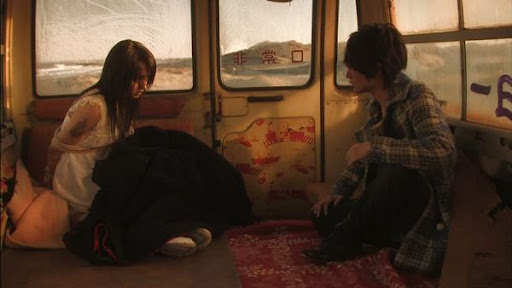
Disc 1 Technical Information:
Title: 愛のむきだし/Love Exposure (Disc 1)
Year: 2008
Country: Japan
Director: Sion Sono
Source: DVD9 Retail
DVD Format: PAL
Container: .iso + mds
Size: 7.78 GB
Length: 2:00:20
Programs used: Unknown
Resolution: 720x576
Aspect Ratio: 16:9
Video: MPEG2 @ ~6200 kb/s
Frame Rate: 25 fps
Audio: Japanese- Dolby AC3 Stereo @ 192 kb/s
Subtitles: English
Menu: Yes
Video: Untouched
DVD Extras: Making of Love Exposure, Original Japanese Trailer
Disc 1 Megaupload Links
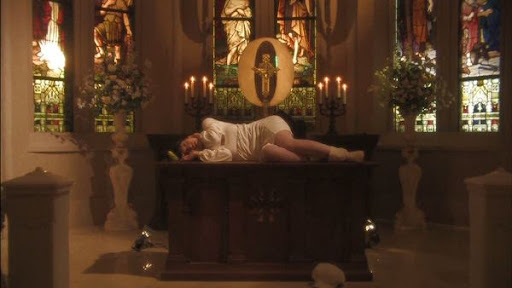
Disc 2 Technical Informtaion:
Title: 愛のむきだし/Love Exposure (Disc 2)
Year: 2008
Country: Japan
Director: Sion Sono
Source: DVD9 Retail
DVD Format: PAL
Container: .iso + mds
Size: 6.73 GB
Length: 1:56:08
Programs used: Unknown
Resolution: 720x576
Aspect Ratio: 16:9
Video: MPEG2 @ ~6200 kb/s
Frame Rate: 25 fps
Audio: Japanese- Dolby AC3 Stereo @ 192 kb/s
Subtitles: English
Menu: Yes
Video: Untouched
DVD Extras: None on source
Disc 2 Megaupload Links






